Brake components are key components for maintaining the safety of electric bicycles, and timely maintenance can help improve riding safety. Different brakes have different functions and maintenance steps. Read this article for a comprehensive ebike brake maintenance process.
Why brake so important for an ebike
Brakes are extremely important for electric bicycles because they help you stop quickly and control the bicycle effectively, ensuring your safety.
Unlike regular bicycles, electric bicycles are heavier and can reach higher speeds due to their electric motors. This means they carry more power, so they require stronger braking power when braking. Good brakes can shorten braking distance, which is crucial for avoiding accidents, especially in emergency situations or on rough or wet terrain.
Brakes also affect the bike's maneuverability; responsive brakes enable smoother, more precise deceleration without sudden jolts or skidding. Well-maintained brakes help prevent dangerous situations caused by brake failure or poor performance, so regular inspections and maintenance are essential for safe riding.

Which brakes are the best
Like traditional bicycles, electric bicycles are equipped with different types of brakes to offer a range of price options. Common types of brakes include mechanical disc brakes, rim brakes, and hydraulic brakes.
Rim Brakes
Rim brakes work by pressing brake pads directly onto the outer rim of the wheel to slow down or stop the bike. They are lightweight, simple, and usually less expensive. But rim brakes are less powerful than disc brakes and don’t work as well in wet or muddy conditions because the rim can get slippery. They also require more frequent adjustments and replacement of brake pads. Rim brakes are often found on basic or lightweight eBikes used mostly on dry, smooth roads.
Hydraulic disc brakes use brake fluid to transfer the force you apply on the brake lever to the brake pads, which squeeze a rotor attached to the wheel. This system provides very strong and smooth stopping power, making it reliable in all weather conditions, including rain and mud. One of the advantages is that they adjust themselves as the brake pads wear down, so you don’t have to adjust them often. However, they are more complex and may need professional maintenance from time to time, such as after riding for a period of time, the brake lever will become soft and you will need to bleed the brake fluid to remove air bubbles.
Mechanical Disc Brakes
Mechanical disc brakes also use pads that press against a wheel rotor, but instead of fluid, they work with a cable system similar to traditional bike brakes. When you pull the brake lever, the cable pulls the pads onto the rotor to slow you down. They give good stopping power, better than rim brakes, and are easier and less expensive to maintain than hydraulic brakes. However, the cables can stretch over time, so you’ll need to tighten or adjust them regularly to keep the brakes working well.
In comparison, hydraulic brakes have become the most common choice for electric bicycles due to their design, which balances braking sensitivity and maintenance difficulty. The brakes have a fluid system that helps provide superior braking power, contributing to riding safety. Hydraulic brakes typically require less frequent maintenance than other brakes, reducing the time cost of maintenance.
How to maintain e-bike brakes
Braking is one of the most important functions when riding a bike. Frequent braking increases wear and tear on the components, so it is essential to replace the brake pads regularly and maintain the brake components to ensure riding safety.

General maintenance steps:
- Regular inspection
- Check the brake pads: Brake pads wear out over time during riding. Remove the brake pads for inspection and cleaning. If there is dust, use sandpaper to clean it. If the thickness is less than 3mm, they need to be replaced promptly.
- Inspect the brake rotor: If the wheel emits unusual noises while rotating, it may indicate warping or bending of the rotor. Seek professional assistance for adjustment. This process typically requires specialized tools and precise calibration; unless experienced, avoid attempting adjustments yourself.
- Inspect the brake cable or hydraulic line: Check the cable for wear or the hydraulic line for leaks. Replace as needed.
2. Clean promptly
- When cleaning the rotor, use a clean cloth sprayed with isopropyl alcohol to wipe off dirt and oil stains on the surface. Be careful not to touch the rotor surface with your hands, as the oil on your skin will affect the braking efficiency.
- When cleaning the brake pads, you can use sandpaper to simply clean the surface dust.
3. Timely adjustment and replacement
- Mechanical brakes require timely adjustment of the brake lever tension to ensure that the brakes contact the rotor evenly for optimal braking performance.
- If hydraulic brakes feel loose or exhibit poor braking performance after riding for a period of time, air may have entered the system. Use the bleed kit to bleed the brakes, or seek assistance from a professional.
- If the brake rotor is damaged or deformed, it must be replaced promptly. Worn brake pads should also be replaced with compatible ones.
4. Testing and regular maintenance
- After performing brake maintenance, test the brakes by squeezing the brake lever to check that they are functioning normally and that there are no abnormalities.
- Establish a regular maintenance schedule. Clean and maintain the brakes approximately every 1-2 months. If you ride frequently, replace the brake pads every 1,000-2,000 miles. Replace them promptly when brake performance decreases.
Hydraulic Disc Brake Maintenance
- Check Brake Fluid: Occasionally inspect for leaks around the brake lever, caliper, and hoses.
- Brake Bleeding: Over time, air can get into the brake lines, making levers feel spongy and reducing braking power. Bleed the brakes to remove air—this usually requires a special kit and is best done by a professional if you’re new to it.
- Pad Inspection: Check brake pads regularly for wear. Replace pads if they are less than 3mm thick.
- Rotor Cleaning: Clean rotors with isopropyl alcohol to remove dirt, oil, or grime that reduces braking effectiveness.
- Lever Feel: Make sure brake levers feel firm and responsive. If not, it may be time for a brake bleed or pad replacement.

Mechanical Disc Brake Maintenance
- Cable Inspection: Check the brake cable for fraying or rust. Replace if damaged.
- Cable Tension Adjustment: Regularly adjust the cable tension to ensure the brake lever pulls tight and the pads firmly contact the rotor without dragging.
- Pad Inspection: Replace worn brake pads when they’re thinner than 3mm.
- Rotor Cleaning: Keep the rotor clean with isopropyl alcohol to maintain strong braking.
- Lubricate: Apply lubricant to cable housing to keep the cable moving smoothly, but avoid getting lubricant on the rotor or pads.
By following these basic maintenance steps, you can effectively ensure your riding safety. If you are unfamiliar with any of these maintenance steps, seek assistance from a professional repair shop promptly to avoid unnecessary losses caused by incorrect operations.
Conclusion
Regularly maintaining the braking performance of your electric bicycle is a responsible approach to riding safety. Braking performance maintenance is also a crucial step in optimizing your riding experience. Follow appropriate maintenance procedures based on the type of brakes, and replace brake pads promptly to enjoy safer and more enjoyable outdoor adventures.


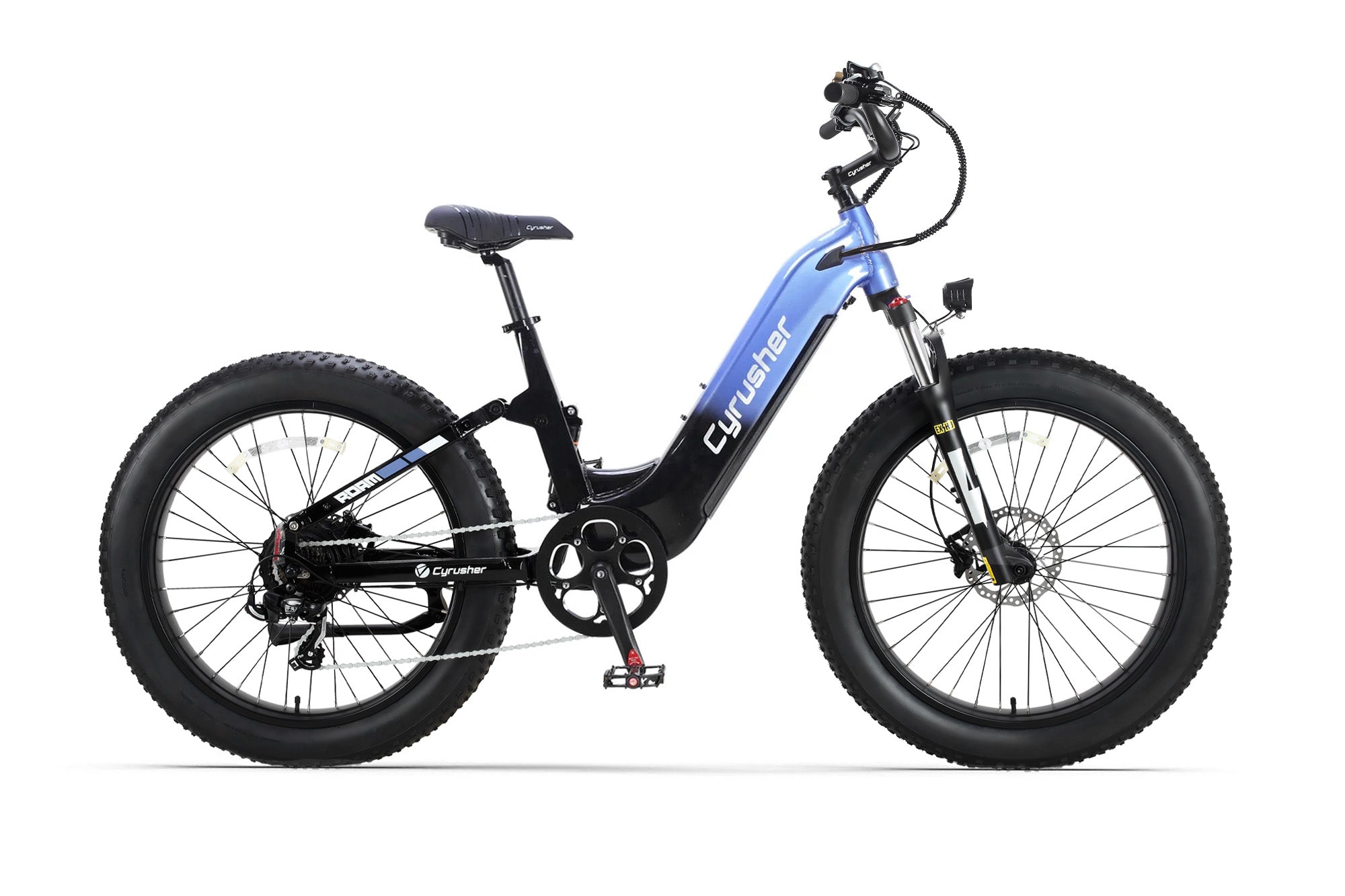
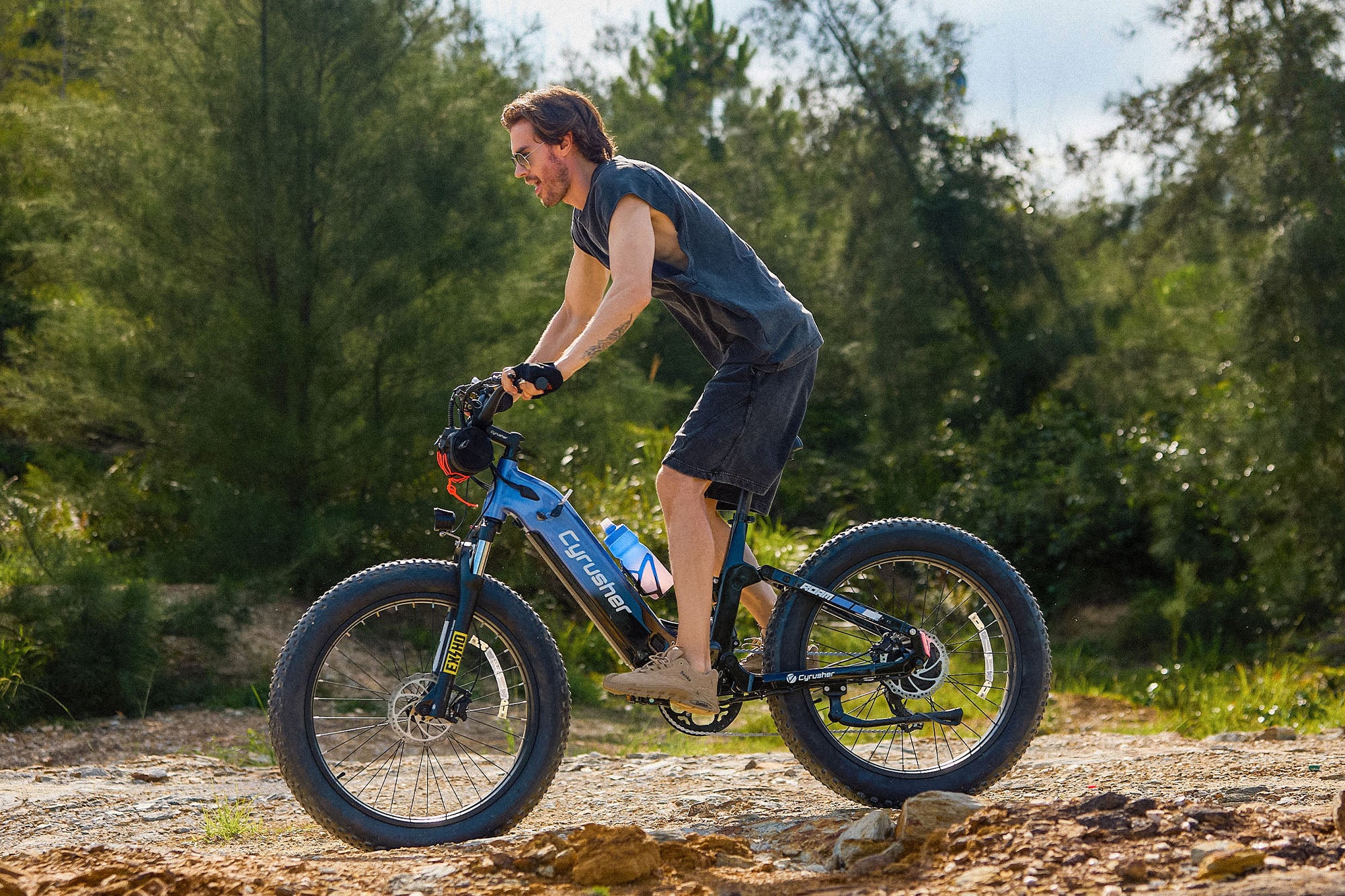


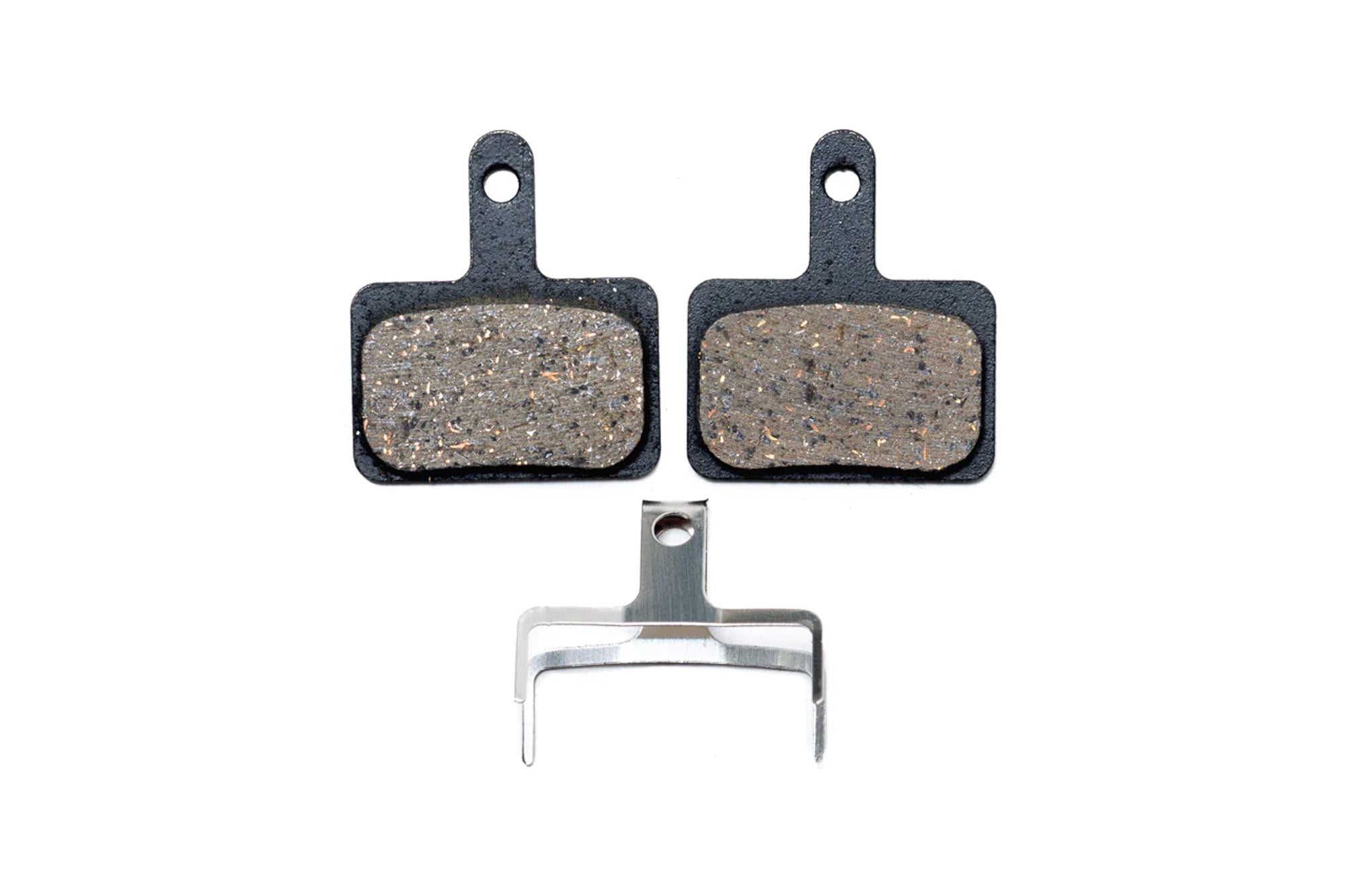
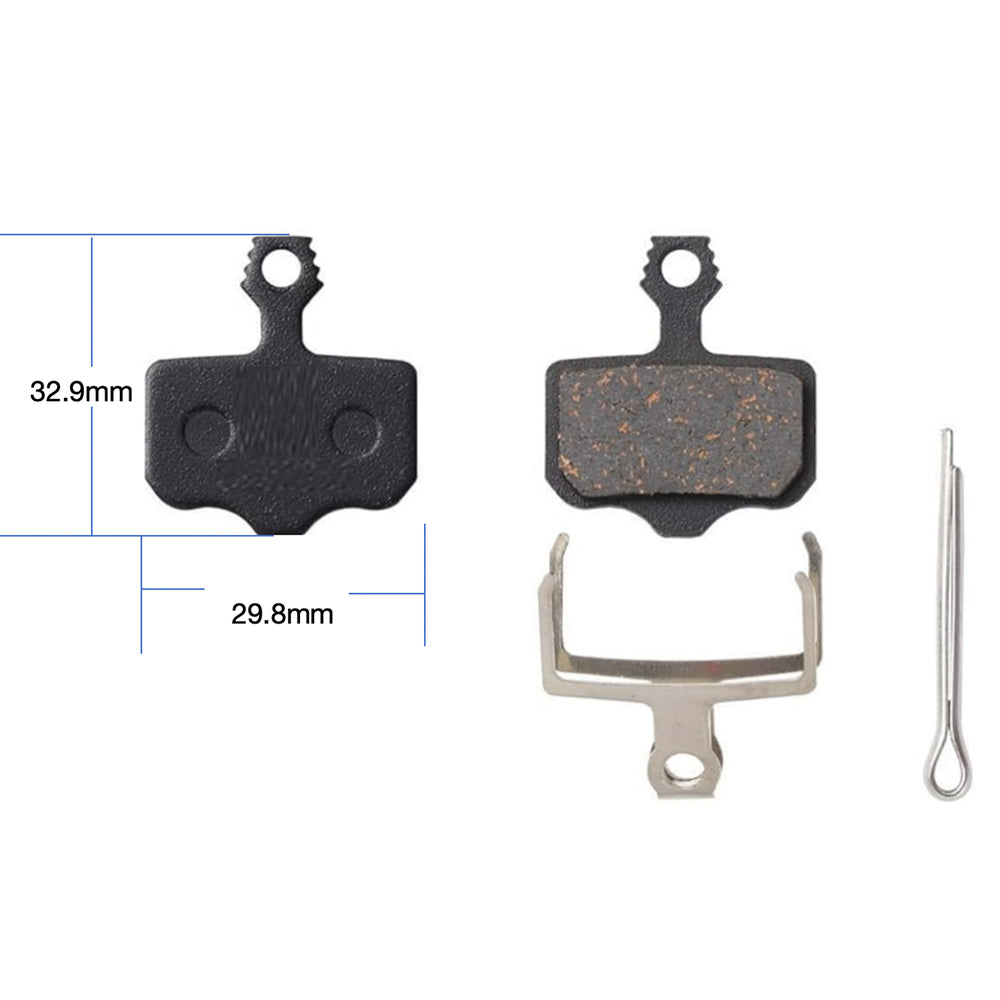
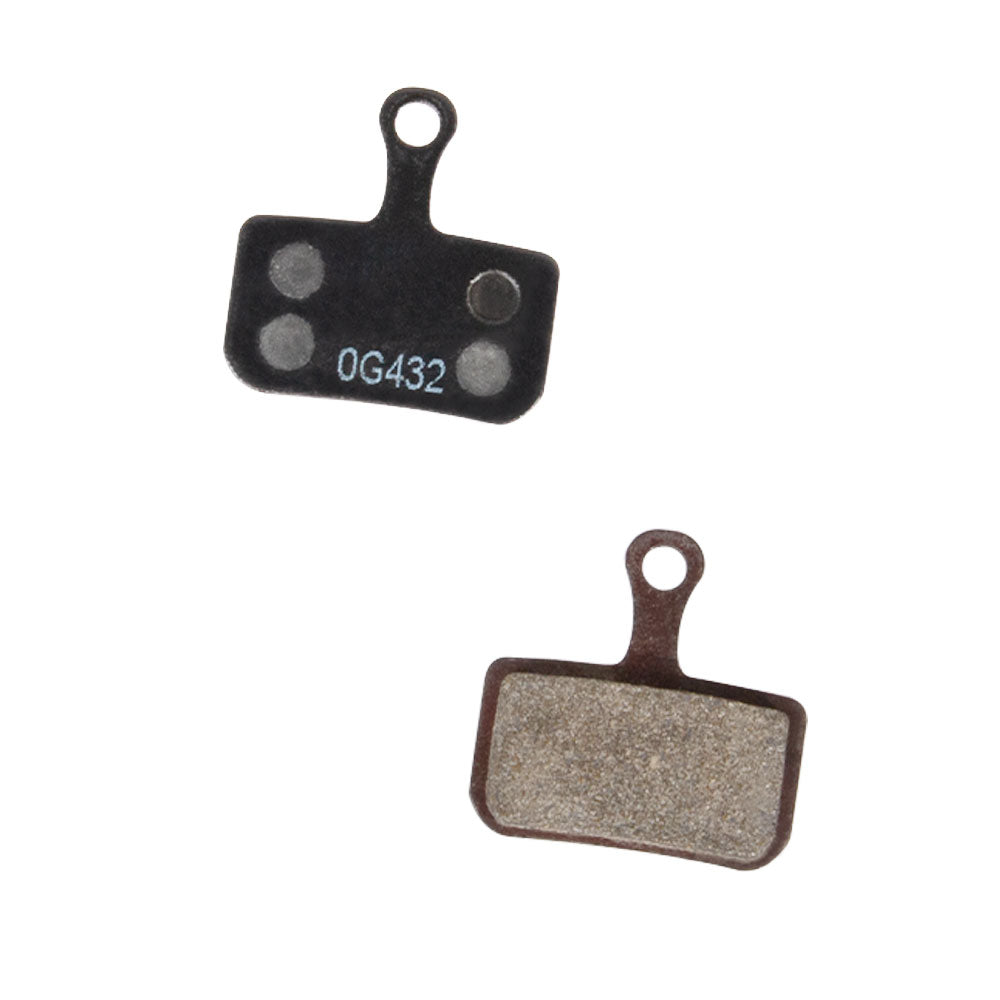
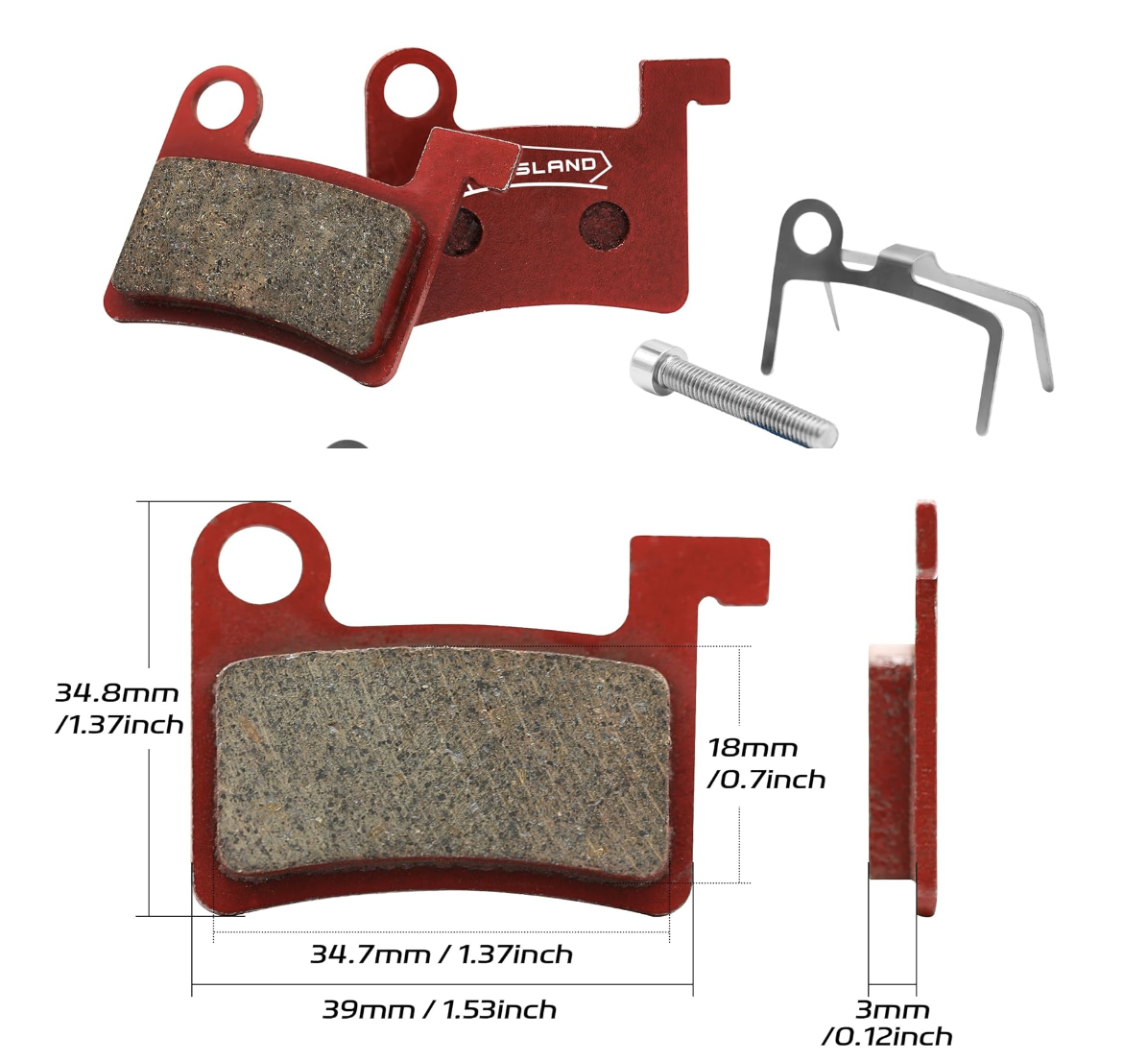
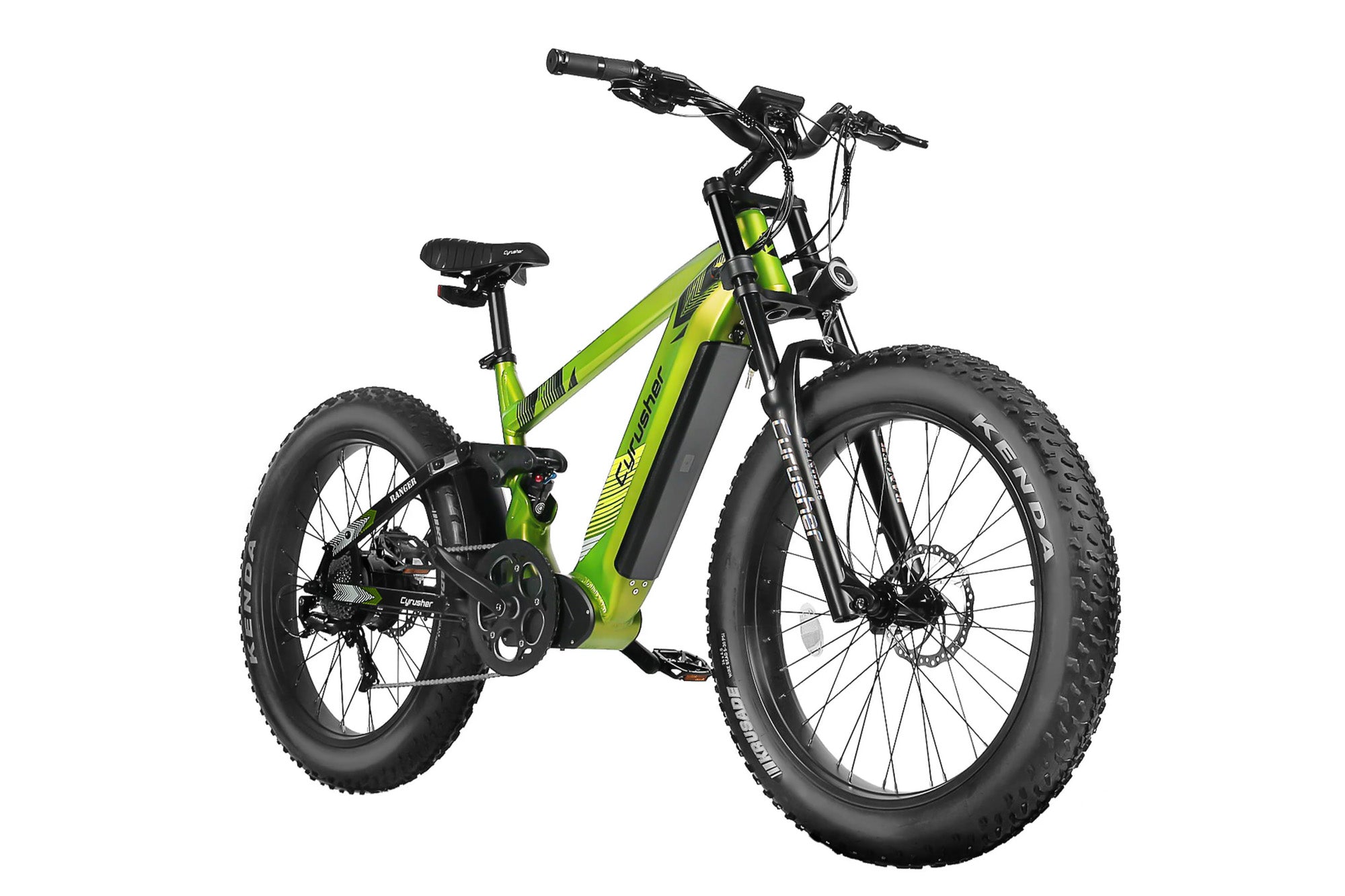

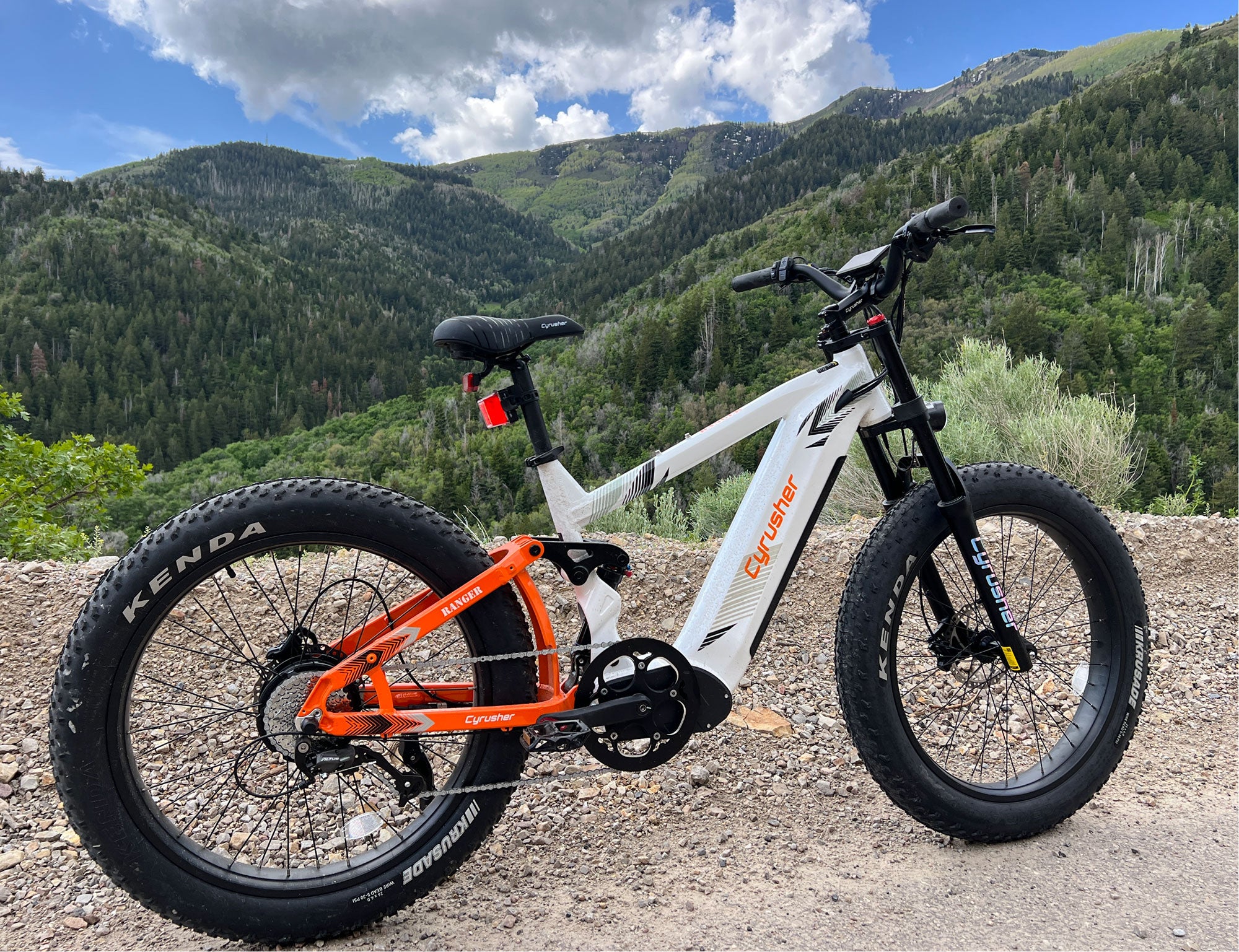


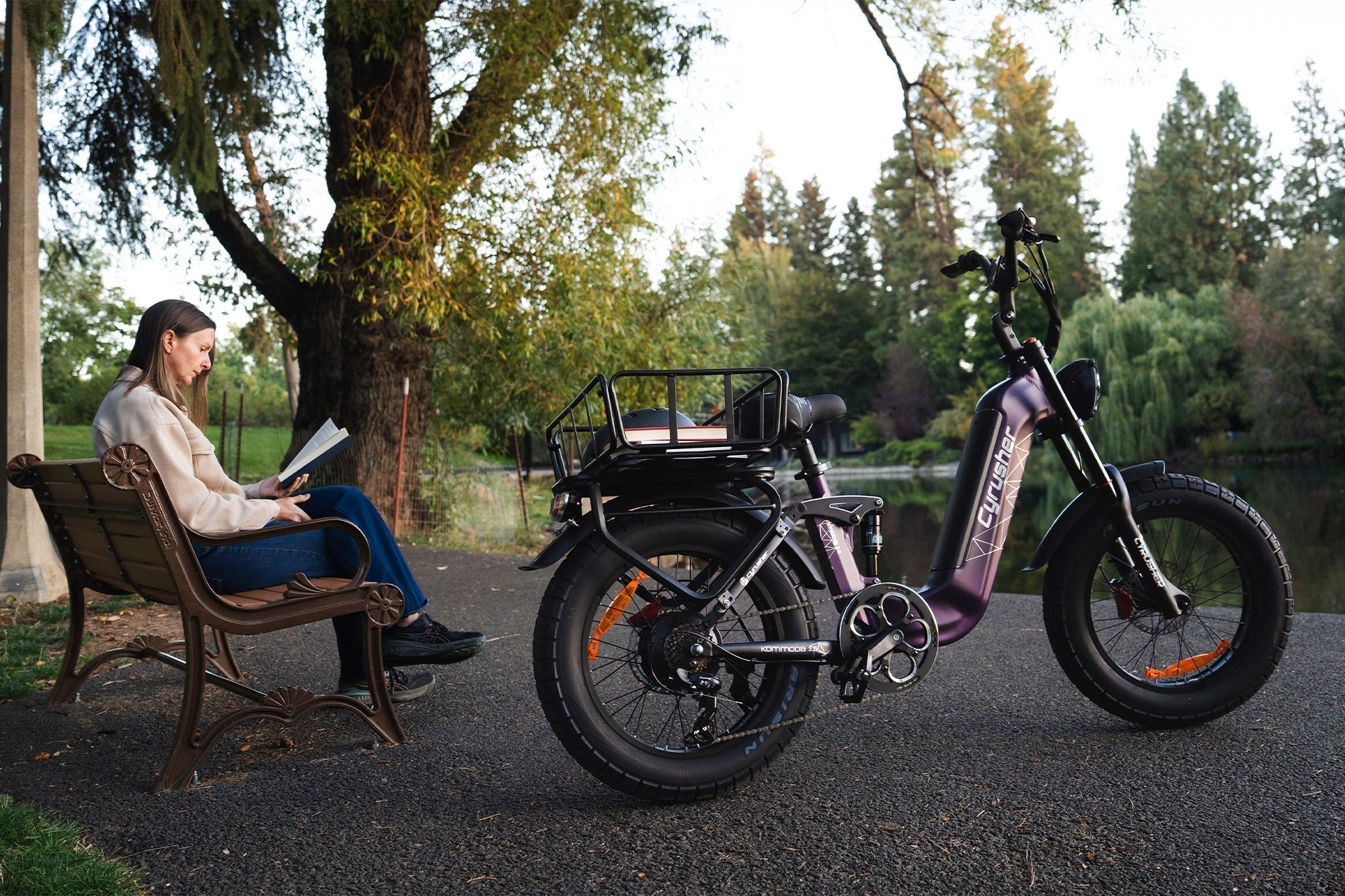
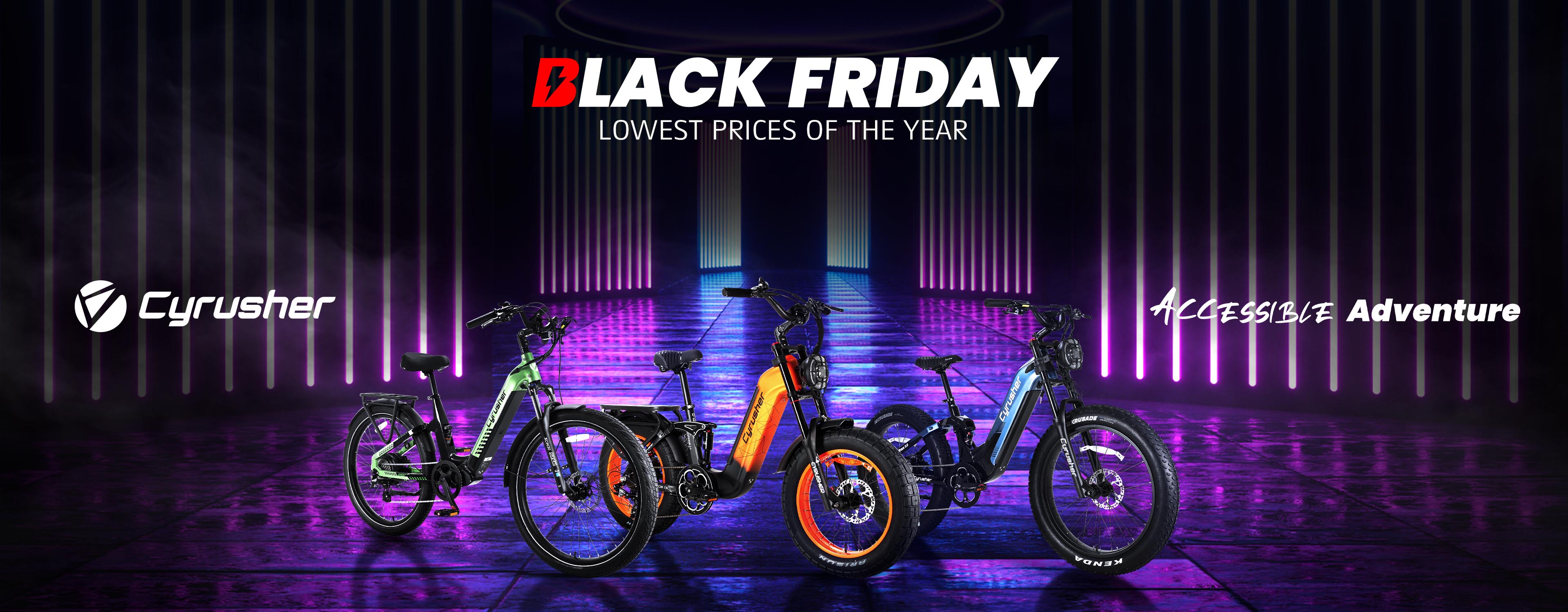
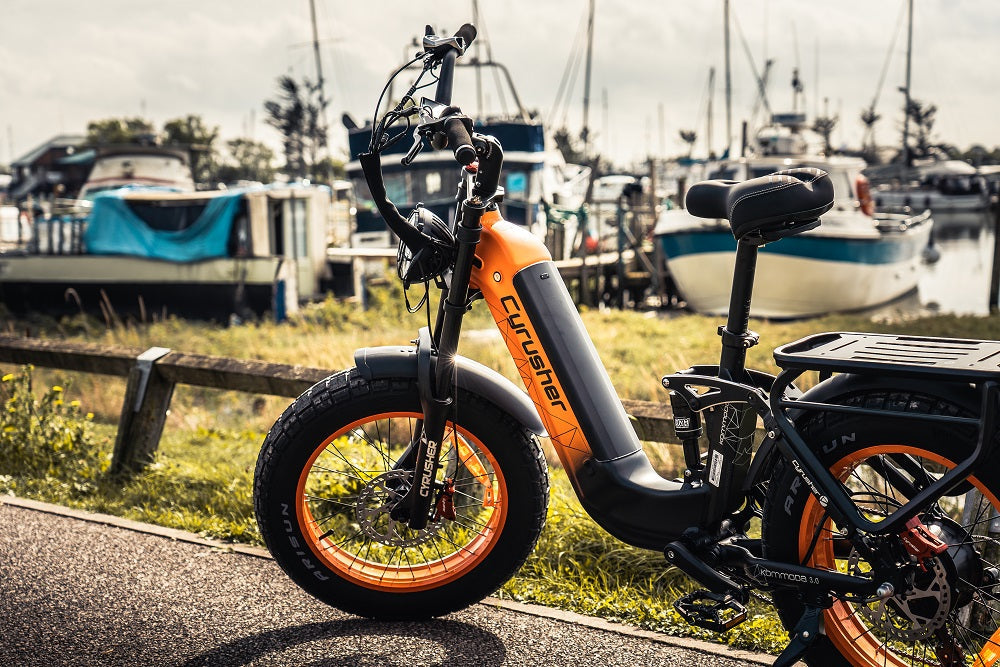


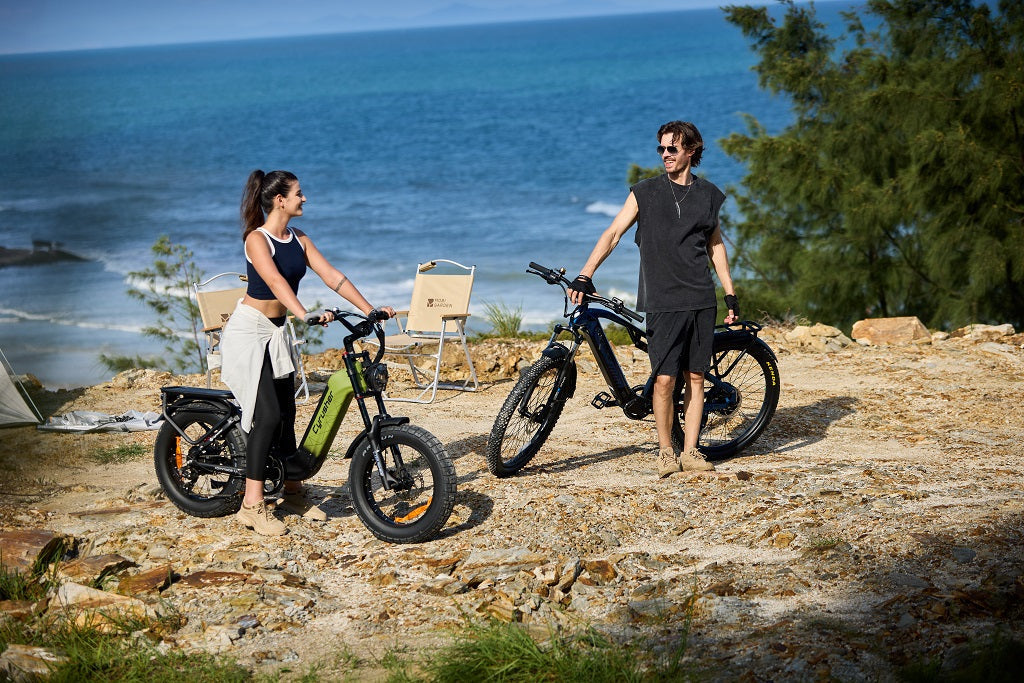

Share:
How to maintain your electric bike
How to start an ebike on a hill